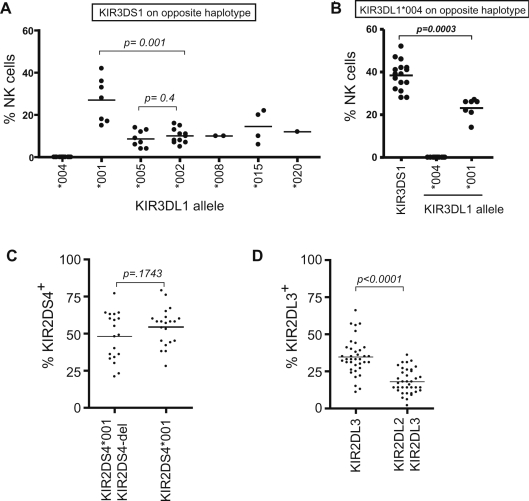Figure 5. Frequency of expression of KIR3DL1/S1, KIR2DS4 and KIR2DL3 on the NK cell population.
(A) The percentage of NK cells expressing KIR3DL1 in donors containing only one expressed inhibitory allele is indicated for individuals with a KIR3DS1/3DL1 genotype. (B) The percentage of NK cells expressing either KIR3DS1 or the indicated KIR3DL1 allotypes was determined in individuals heterozygous for KIR3DS1 or KIR3DL1 and the KIR3DL1*004 allele (*004 is not expressed on the NK cell surface). (C) The percentage of donor peripheral blood NK cells expressing KIR2DS4 is shown. Individuals are grouped based on the presence of the expressed allele or the non-expressed KIR2DS4 alleles that possess a 22 bp deletion (KIR2DS4-del) Heterozygous KIR2DS4*001/KIR2DS4-del donors possess one expressed KIR2DS4 allele, whereas KIR2DS4*001 (in the absence of the null allele) individuals are expected to possess one copy of KIR2DS4 but could potentially contain a second KIR2DS4*001 allele. (D) Expression of KIR2DL3 on peripheral blood NK cells is shown. Individuals typed as possessing KIR2DL3 virtually always have two copies of the gene, whereas donors that have KIR2DL2/2DL3 are expected to have only a single copy of KIR2DL3.

